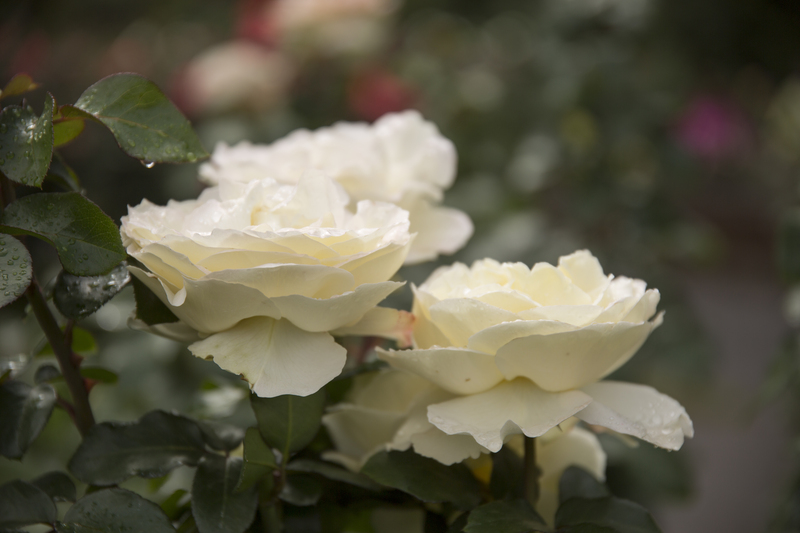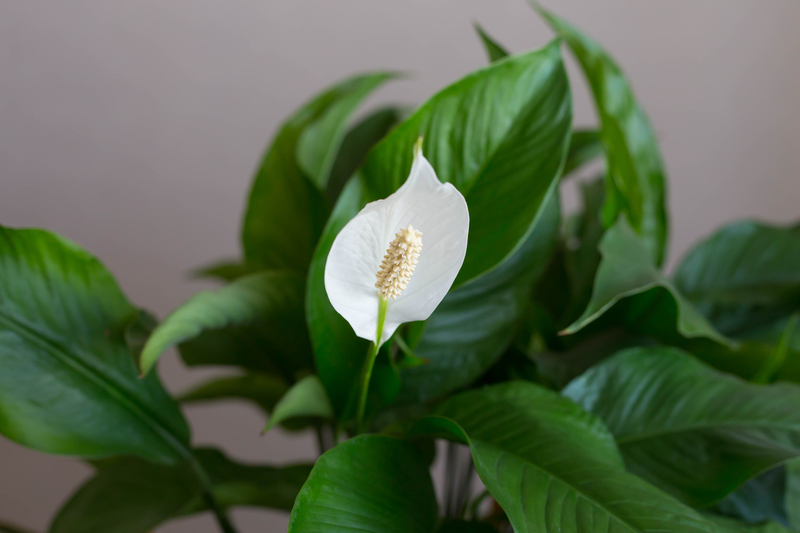Cherish Shady Corners with Evergreen Climbers
Posted on 16/05/2025
Cherish Shady Corners with Evergreen Climbers
Gardening in the shade can often feel like a daunting task due to the limited options of plants that thrive in low-light conditions. However, evergreen climbers can transform these shady corners into lush, verdant retreats that offer year-round beauty. Discover how you can make the most of your garden's shadowy spots by using these versatile plants.
Understanding Evergreen Climbers
Evergreen climbers are a category of plants that retain their foliage throughout the year, providing continuous color and structure. These plants are particularly valuable for shady corners because they can thrive in environments that aren't exposed to direct sunlight. By selecting the right varieties, you can ensure your garden remains vibrant even in the depths of winter.
Benefits of Using Evergreen Climbers
Choosing evergreen climbers for shady areas comes with numerous benefits:
- Year-round Interest: Unlike deciduous plants, evergreen climbers maintain their foliage, creating a consistent backdrop that enhances your garden's aesthetic.
- Privacy and Screening: These climbers are perfect for creating natural screens, providing privacy from neighbors and a sense of enclosure.
- Wildlife Habitat: Many evergreen climbers offer habitat for birds and beneficial insects, contributing to a biodiverse garden ecosystem.
- Low Maintenance: Once established, they require minimal maintenance, freeing up your time for other gardening activities.
Top Choices of Evergreen Climbers for Shade
1. Ivy (Hedera helix)
Possibly the most well-known evergreen climber, ivy is an excellent choice for covering walls, fences, or even trees. With its vivid green leaves adorned with distinctive vein patterns, ivy adds a classic touch to any garden. It's adaptable to a range of conditions, including deep shade.
2. Climbing Hydrangea (Hydrangea anomala subsp. petiolaris)
This elegant climber boasts creamy white flowers that bloom in late spring, contrasting beautifully against its glossy, heart-shaped leaves. Climbing hydrangea thrives in shaded areas, clinging to walls and trellises with ease. Its exfoliating bark also adds winter interest.
3. Jasmine (Trachelospermum jasminoides)
Also known as star jasmine, this evergreen climber is cherished for its fragrant white flowers that bloom in summer. Adaptable to partially shaded conditions, jasmine can elegantly drape over pergolas or cover fences, filling the air with a sweet aroma.
Creating the Perfect Environment for Evergreen Climbers
To ensure your evergreen climbers flourish, consider the following tips:
- Soil Preparation: Most evergreen climbers prefer well-draining soil rich in organic matter. Amend your garden soil with compost to enhance its quality.
- Watering: Regular watering is crucial during the first growing season to help the plants establish strong root systems. Subsequently, water as needed, particularly during dry spells.
- Support Structures: Install trellises, wires, or use existing walls for support. Secure your climbers to these structures as they grow to encourage them upward rather than sprawling at their base.
Design Ideas for Using Evergreen Climbers in Shade Gardens
When planning a garden design with evergreen climbers in shaded areas, consider the following ideas:
Vertical Layers
Create vertical interest by mixing different types of climbers. Combining ivy's dense foliage with the delicate blooms of climbing hydrangea can create a striking visual contrast. This technique allows you to make the most of the vertical space, drawing the eye upward.
Arched Entrances
Transform a garden entrance by allowing evergreen climbers to arch over pathways. A star jasmine arch not only adds elegance but also welcomes visitors with its enchanting fragrance, providing an inviting atmosphere.
Camouflage Unsightly Structures
Use lush climbers to disguise sheds, garages, or any unsightly garden structures. Choose vibrant varieties like ivy to cover these areas, converting them into points of interest rather than eyesores.
Caring for Your Evergreen Climbers
Though generally low maintenance, ongoing care for your evergreen climbers ensures they remain healthy and vibrant:
- Pruning: Trim back any overgrown branches to maintain shape and encourage fresh growth. Regular pruning can also prevent climbers from becoming too invasive.
- Fertilizing: Apply a balanced fertilizer in early spring to promote lush foliage outgrowth. Organic fertilizers are often best, as they improve soil health over time.
- Disease Management: Keep an eye out for common pests and diseases. If issues arise, address them promptly using eco-friendly treatments to ensure the health of your plants.
Conclusion: Enjoying the Shadowy Beauty
When cultivated thoughtfully, evergreen climbers for shade can turn neglected garden corners into areas of beauty and tranquility. By selecting the right plants, providing them with the necessary support, and implementing strategic design ideas, these climbers can become one of the most enchanting aspects of your garden. With their ability to thrive in low-light conditions and provide year-round greenery, these plants indeed allow you to cherish what once might have been overlooked.



